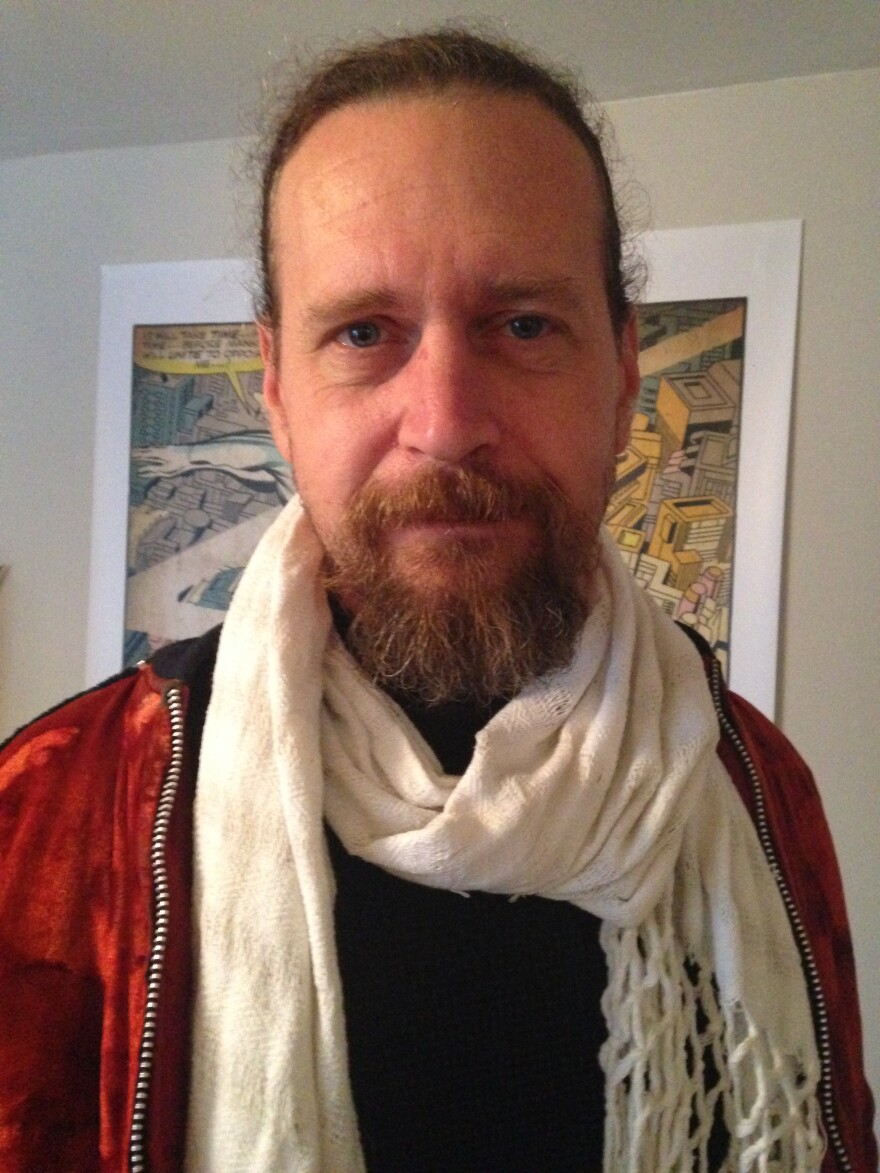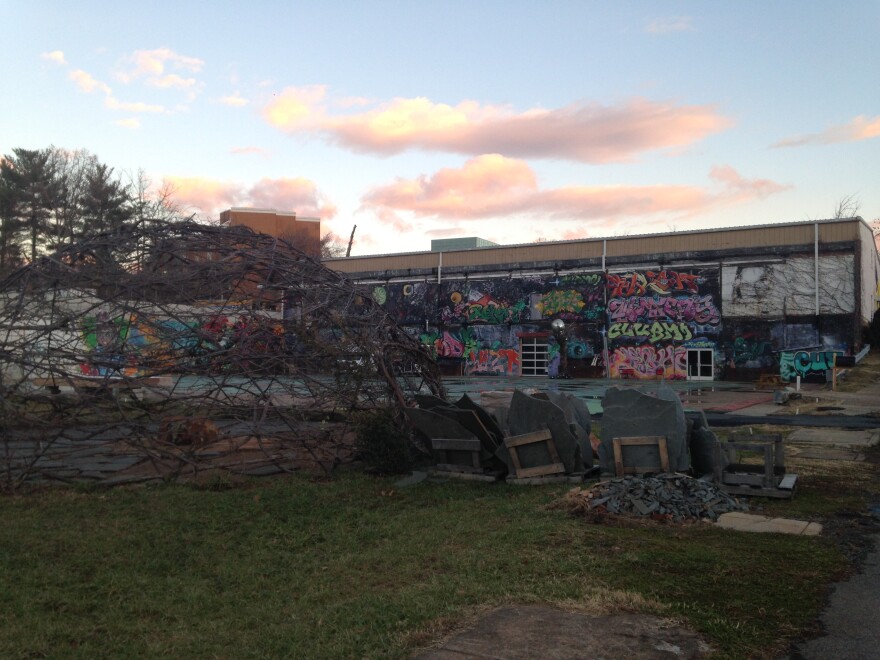
Charlottesville is known for many things, but one of its most prominent characteristics is its artistic culture.It's a growing community interest that only seems to be developing with time. WMRA’s Sefe Emokpae took a look at some of what the city has to offer on the arts scene and spoke with some of those vying to promote the arts to the fullest.
[sound of running water and clay pottery class]
On a Monday morning in downtown Charlottesville, the sounds of a running faucet and enthusiastic chatter fill the room at City Clay studios. The intermediate class is full of elderly students all there for a variety of reasons. Some to perfect their skills… some to relieve stress.. and some simply to have some fun. Michael Stoers has lived in Charlottesville for 21 years. He spoke about why ceramics was his art form of choice.
STOERS: It’s a kind of a meditation. Clay is such a plastic medium that you can go anywhere with it. And it requires control and surrender particularly when you turn everything over to the fire, ‘cause you never know what’s going to happen.
Randy Bill is the owner of City Clay. She says she didn’t know what was going to happen when she opened the studio three years ago but has been thrilled with the overall response.
BILL: I think it’s growing. We’ve always had a strong art community but I think the public awareness and the public participation is growing. And what I’ve found, which I think is really interesting, is the majority of people that come to us are much more interested in learning how to make art, how to make pots… how to develop their creativity than they are really in owning art and purchasing art and I’ve been in this community since 1980, actually, and I’ve always found it funny that the galleries have difficulty selling their work. And it’s not for lack of interest. I think the people here really do value the arts, they love making art, but I think it’s most about learning. They love the opportunity to be creative.
Brian Wimer of Charlottesville’s IX Art Park might agree. The park -- the first of its kind in central Virginia -- is a free and open, interactive space where visitors can come and be one with the art. Different from a formal gallery, the art park joins natural surroundings with the work of a variety of local artists to produce some of the city’s most interesting and intriguing work. Wimer says the location serves as another example of how Charlottesville lends itself as a hub to creativity.
WIMER: The IX property owners kind of gave me a little bit of carte blanche to do what I wanted so all of a sudden we were doing murals and doing installations and sculptures and actually under a year we’ve had 35 works of art by different artists, different scopes and sizes and it keeps developing more and more and its more just who just comes to me with a cool idea and how quickly we can make it happen.”
The IX Art Park and City Clay are just several parts of the increasing arts presence in Charlottesville. The McGuffey Art Center was established in 1975 and contains three art galleries offering one of the largest display spaces around. ArtinPlace is a nonprofit foundation sponsored by the Charlottesville City Council and has established numerous exhibits around the city, making art accessible to the general public. Piedmont Council for the Arts is the designated arts agency for the area and offers a wide range of support services for artists and art organizations. The Bridge Progressive Arts Initiative fashions itself as Charlottesville’s creative hub, bringing together resources and space to turn ideas into action. They recently received a multi-thousand dollar grant to go toward that mission.
[sounds from pottery class]
Back at City Clay, instructor Nancy Ross says financial support is something she would like to see grow more in the creative industry.
ROSS: I’d like to see economic development and tourism, the visitors bureau put a little more effort in making Charlottesville a destination for the the visual arts versus the performing arts, and the film festival and the [Festival of the] Book -- which they do a really good job of -- but I think the visual arts deserve some of that same support.
Randy Bill agrees. She says financially thriving in the arts is difficult in Charlottesville but the support is growing. As a former teacher, she also says the need for arts support in the younger generation is crucial… and economic discrepancies shouldn’t stop children from growing into their full, creative potential.
BILL: A lot of children who come from families who are not privileged, if you will, or wealthy enough to support education in the arts even discourage their kids from it: “Well how are you going to make a living doing that?” -- and so they don’t go into the arts. But in fact if you think about everything we spend our hard earned money on, it usually comes back down to design and art and creativity.”
Despite economic hurdles the Charlottesville arts scene continues to blossom with the passion of people like Bill, Wimer and Ross who continue to promote its growth.

